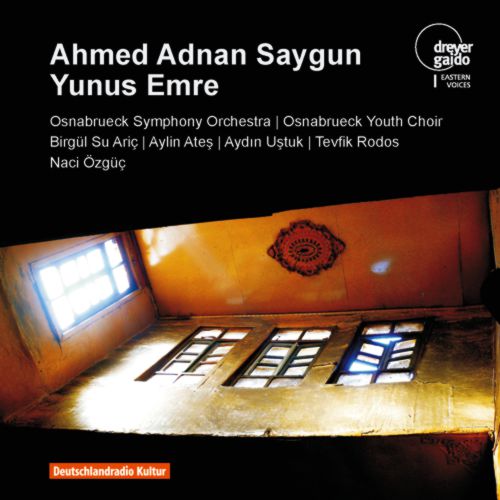
|
Ahmed Adnan Saygun Osnabrueck Symphony Orchstra The Oratory consists of three main and one intermediate part, amounting to a collage, however, with a coherent meaning. The first part consists of five sections, in which Yunus Emre discovers the love for life, yet falls into thinking about death, starts wondering about the afterlife, and finally recoils from his fate and suffers. The second part, again with five sections, depicts his rebellion against god, followed by Emre seeking refuge with god. In the intermediate part, his love for god takes contours. In the final part, made of two sections, Emre enters a union with god and finds eternal peace. Death becomes the beginning of being with god. In his Oratory, Saygun created an oeuvre to reflect his own ideas through the poems of Yunus Emre. By slightly adapting, shortening or repositioning the poems, he created a libretto of sorts. And indeed, Saygun wrote himself and his life experience into most of his works. There is no doubt that from the view of his personal advancement as composer, the Yunus Emre Oratory constitutesda major turning point. After years of introspection, his engagement with Yunus Emre and the Oratory led to a rediscovery of his music both in Turkey and abroad. In this discovery, his ideas and spiritual world took center-stage. His ode to humanity was noticed. After this, Saygun impregnated his following works with fervor and enthusiasm, characteristics, which he had held back due to his initial humility and dark days during World War II. Despite setbacks and personal attacks, he kept his peace and patience. No clearer is this than in his last recorded statement, which shows the deep influence of his engagement with Yunus Emre:
|


